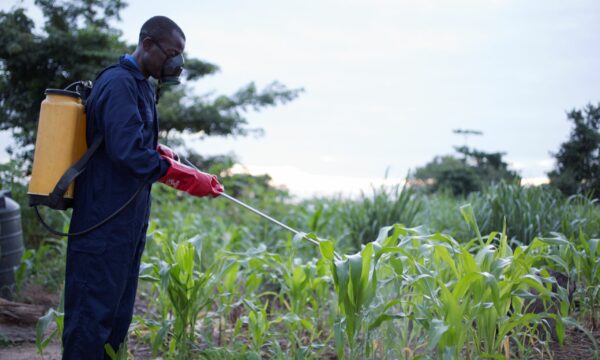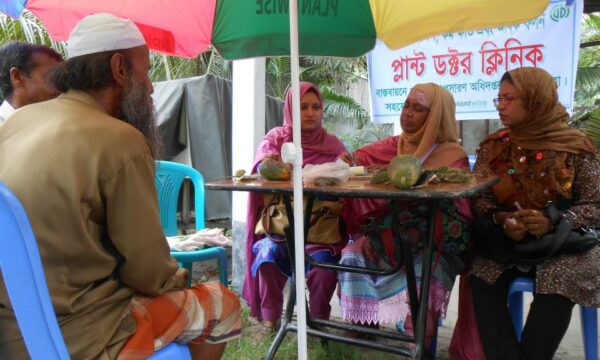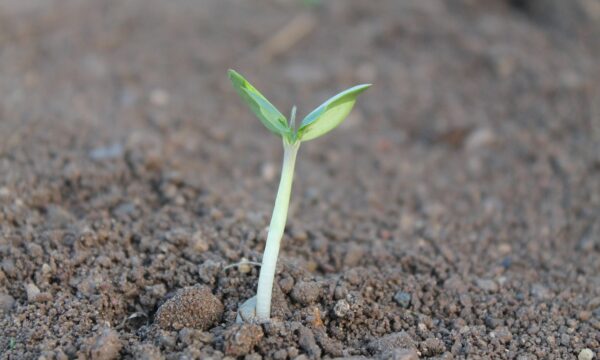Tomorrow, the Intergovernmental Panel on Climate Change (IPCC) will release its fifth global warming report predicting indicators of climate change for the coming years. The expectation is that the temperature is set to increase even more dramatically than the last report predicted in 2007, causing a domino effect on weather conditions, oceanic trends and the multitude of ecosystems which are dependent on them. “We believe the assessment of new publications will help us fill up some existing gaps and add to the body of knowledge that already exists in this entire field,” says IPCC Chairman Rajendra K. Pachauri.Often for the public, gaps in understanding of global warming and its predicted effects still remain. Climate change conjures up images of polar bears drifting on icebergs across expanding oceans, or hurricanes spiralling over tropical islands, waves crashing past highway barriers, and entire countries left immersed underwater. But less often do the effects of climate change seem to trickle into the everyday. We know what we can do about it (recycle, bike to work), and how policy-makers have struggled to act on it (curbing temperature increase, agreeing on a unified response) but do we know how global warming and the IPCC predicted scenarios will really affect humanity? Do we know how this will impact the most basic human needs, namely our access to sufficient food and nutrients?
Today, over 500 million smallholder farmers are working to feed 2 billion people, one-third of the population, and that is given current conditions and agricultural resources. One challenge these farmers face in order to grow enough food sustainably is the constant fight against plant pests. Already, pests are responsible for 40% of crops lost worldwide. With shifting climatic zones, different pests are becoming prevalent in new places, determined to affect the outcome of what we eat. Shaun Hobbs, Global Director, Plantwise Knowledge Bank says:
“The predicted climate change scenarios by the IPCC reinforce the need to view this less as an environmental problem and more of a human problem- we are responsible to safeguard sustainable food production, and the need is urgent.”
Farmers are struggling to identify pests, and find appropriate technologies to prevent and manage their effects. As new pests migrate towards warming areas of the globe, the challenge is to provide the right tools to fight back.
“We are working on the ground, looking for any new pests, and then handling them effectively if they are found. Countries need a way of effectively monitoring new pests and diseases, and then being able to treat them when they are found.”
Research at the Centre for Agriculture and Biosciences (CABI) has focused for over 100 years on gathering information and making it accessible to help adapt and mitigate to environmental challenges. Recently, research from the CAB Abstracts database was used for a study published in Nature Climate Change and publicized on the BBC, which warns that plants pests are already spreading towards both poles.
One response taken by countries has been to empower farmers to find the answers they need to manage pests better, and for the long haul, meaning both affordably and sustainably. Plantwise, the programme launched by CABI, is helping to improve both farmers’ ability to respond to pests, and countries’ own pest-tracking and plant health data management capacities. By visiting plant clinics, supported by front-line pest identification and response resources like the global knowledge bank, farmers are better equipped to fight back even as unpredictable weather and pest varieties are introduced.
Pest management will be key to securing steady sources of food and income for billions of people, but there will need to be a variety of responses pulled into focus in order to sustain livelihoods in a changing climate.
Key Facts you need to know about plant pests and food security:
- Worldwide, on average 40% of plants for food die from pests and disease before they can be harvested by farmers.
- Over 500 million farmers around the world depend on these plants as their only source of income and food for their families.
- Crop loss from plant pest and disease is one reason over 1 billion people in the world do not have enough food to eat.
- 1 child every 6 seconds dies from preventable diseases related to malnutrition.
- Some projections suggest that 100–200 million more people could be at risk of hunger due to climate change by 2050.
Related News & Blogs
How do pest risk registers address the spread of plant pests in Africa?
Pest risk registers can help to solve problems in agriculture, addressing the growing global threat of plant pests. Moreover, changing weather patterns, led by rising temperatures, are causing them to reproduce faster and expand into new regions. In ad…
10 July 2025





